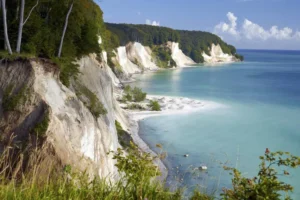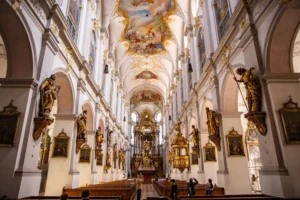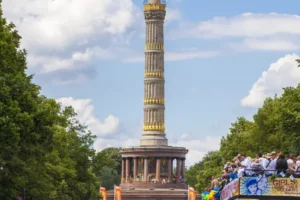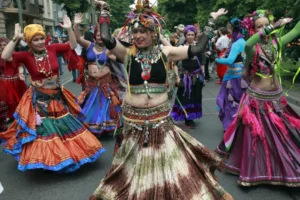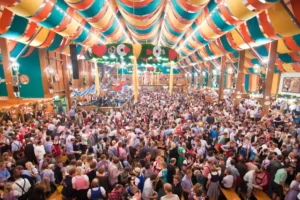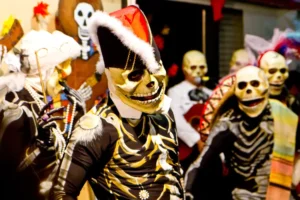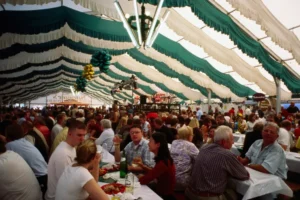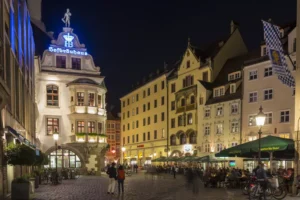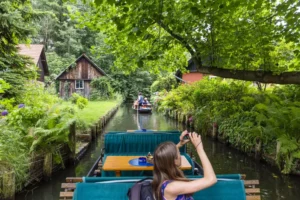
Top Activities in Spreewald: Unforgettable Experiences Near Berlin
Settled by the Sorbs and Wends in the sixth century AD, Spreewald was primarily a farming region. The area’s wetlands made agriculture challenging; therefore, farmers ingeniously dug channels (fließen) to the river Spree for better irrigation and drainage.
Read More 





